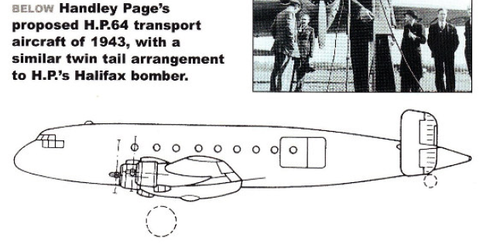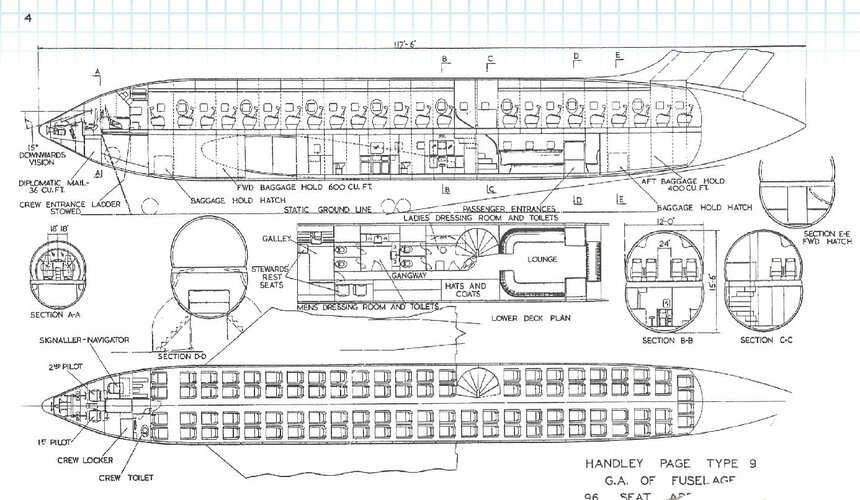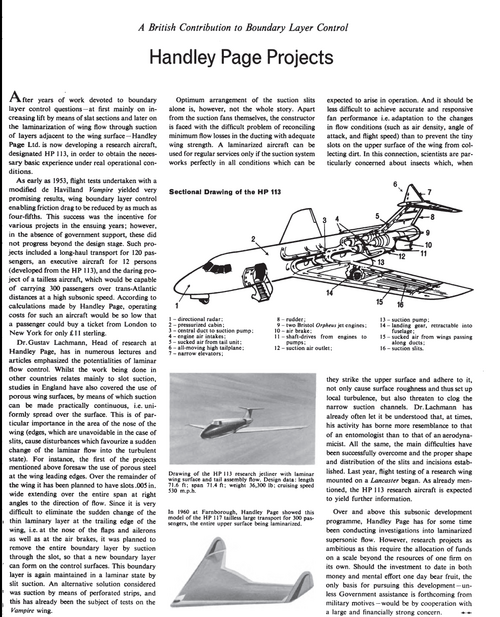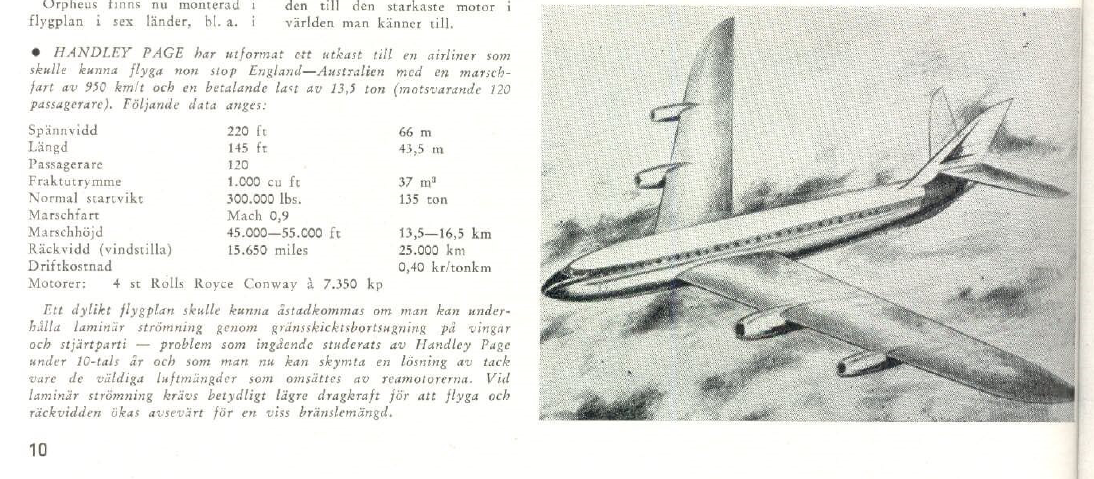That swivel wing was first proposed during WW2 by Richard Voss. The proposed Blount & Voss P. 202 had a high-mounted wing.
Fast forward to 1979, when NASA awarded a contract to Ames/Scaled Composites/Burt Rutan to uild an AD-1 proof-of-concpet oblique, swing/swivel wing. They flew the AD-1 long enough to conclude that it suffered major problems with roll-yaw coupling. The follow-on modification of a full-sized Vought Crusader was cancelled.
I don't think that's a fair assessment.
The AD-1 was successful in the context of the limited objectives set out for it and its small budget. Given that it was a manual aeroplane, it's pretty amazing that it had acceptable handling qualities out to 45º sweep.
Objectionable coupling is the price that oblique wings pay for reduced wave drag, in the same way that relaxed static stability designs give up stability in exchange for reduced trim drag. In both cases, the answer is to use some sort of manoeuvre-demand control system to hide the objectionable handling qualities from the pilot.
It's also worth remembering that
symmetrical configurations are not exactly free from troublesome coupling dynamics, especially at higher Mach numbers.
I think that the oblique wing studies at NASA starved to death because of the limited funding available rather than because there was anything inherently wrong with them. The most attractive application is for SSTs, as proposed by Handley-Page, because in the context of a big aeroplane it is then possible to fit everything into the wing and then set the sweep angle for the best trade-off between wave drag and drag due to lift across the Mach number range.
The problem for NASA trying sell a programme is that nobody wanted an SST in the late 1970s or early 1980s, and so the next bright idea was to try to sell it as a military aircraft, on the basis that the Pentagon can usually find a few hundred million dollars down the back of the sofa to frustrate the ends of global communism. Unfortunately, the oblique wing isn't such a good fit in this application because most tactical military aeroplanes tend to have a lot of fuselage, and therefore have less to gain from the oblique wing.
Any oblique flying wing combat aircraft suffers from the fact that stores separation would be a nightmare. Getting pylons to swivel is hard, but getting stores out of bays at arbitrary sweep would be even harder, so there would have been a massive mountain to climb in the context of the drive for stealth which was going on behind the scenes at this time.
The idea of an oblique wing transonic ASW aircraft proposed at the end of my first link illustrates the basic application problem. There's a small benefit in the sense that if span ≈ length then setting a high sweep angle should allow a good spot factor without a dedicated wing fold mechanism, but it's far from clear why anybody would want a supersonic dash capability from an ASW aircraft in the first place given that even a turboprop is going to be 10 times faster than a submarine.
I think that the oblique wing is an interesting concept for an SST, but
- Extracting large benefits from it requires a flying wing aeroplane, and this effectively sets a minimum size constraint to provide a stand-up cabin.
- Benefits will reduce at Mach numbers >> 2 because the large sweep angle required to maintain a subsonic leading edge is such that the wing becomes pretty vestigial anyway and so it's more like a lifting body, so benefits are small.
- As such, the niche is likely to be medium ranges out to about 2,000 nautical miles (on the basis that flights which take longer than 2-3 hours probably don't make sense for SSTs as the airline needs to be able to get extra sectors out of the day in order to justify the investment), and the majority of this market would require supersonic flight over land.
- The minimum size constraint means that the boom problem cannot be attacked by simply shrinking the aeroplane and calling it a business jet. Also, the fundamentally quite large size of the aeroplane may struggle to match the market because a 200 seat aeroplane cruising at about Mach 1.6 is equivalent to 400 seats at Mach 0.8.
- If the consequence of this extra capacity is to drive down the frequency of service to maintain load factor, there is no real benefit for the passenger because what they gain in block time they lose in frequency. This means that the economic argument is reduced to the airline's reduced crew costs, which must trade against the extra maintenance burden and fuel burn inherent in the supersonic aeroplane. This is a big ask.
In the 1960s, when oil was cheap and people were keen on SSTs in general, the oblique wing was quite attractive, especially given that the lack of airport security theatre meant that moderate speed increases could plausibly add significant value for the passenger and justify some sort of supersonic premium.
After both oil prices and time spent queuing in airports started their rapid increase in the 1970s, it was basically doomed. It's theoretically possible that it might be resurrected in the future if it can be shown that the wave drag benefit translates into a reduced boom carpet, but I'm sceptical. I think we will probably get antipodal rockets before we get a real mass-market SST (i.e. an aircraft which does to the subsonic jet airliner what it did to the piston prop), but I would love to be proven wrong.




